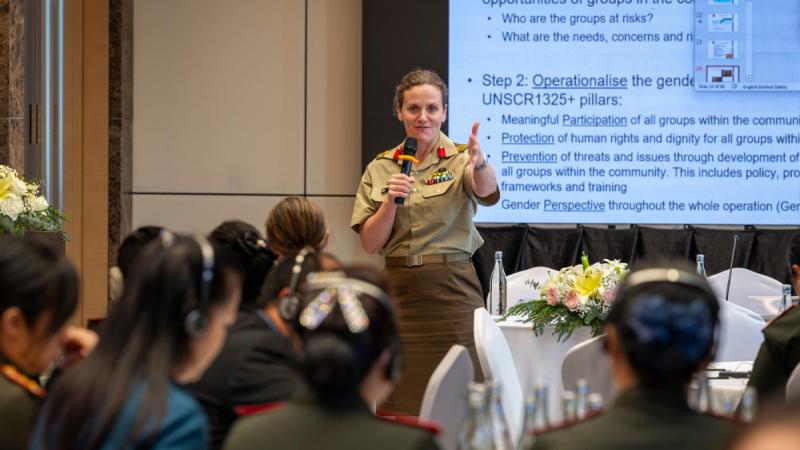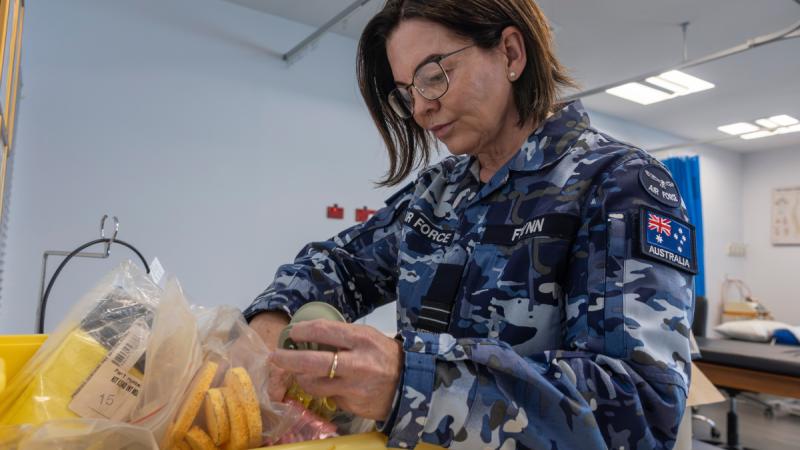2 October 2025
Australian Defence Force personnel recently embedded in Japan’s Joint Exercise for Rescue 2025 (JXR25), meeting with Lieutenant Colonel Shimotomai Yuki and staff from the Women, Peace and Security (WPS) Office of the Japan Self-Defense Force (JSDF).
Their meeting in July, at the Ministry of Defense in Ichigaya, Tokyo, symbolised the strengthening partnership between Australia and Japan, particularly in their shared commitment to integrating gender perspectives into military operations and emergency response frameworks.
Established earlier this year, Japan’s WPS Office has made rapid strides in promoting gender equity through its Women, Peace and Security Promotion Plan.
The plan, developed by Japan’s Ministry of Defense (JMOD), focuses on four key pillars: changing mindsets, structural development, international cooperation, and reflection of gender perspectives in JSDF activities.
Royal Australian Navy's Commander Richard Christensen said these pillars were designed to enhance both humanitarian outcomes and defence readiness.
"The WPS framework supports JMOD’s goal in contributing directly to the protection of civilians, while also fundamentally strengthening defence capabilities and ensuring peace and stability,” Commander Christensen said.
'The initiative underscored the critical importance of equity in disaster response planning.'
This year’s JXR25 brought together about 14,000 personnel from Japan, the United States and Australia to simulate a coordinated response to a catastrophic magnitude 7 earthquake beneath Tokyo.
The fictional scenario, which envisioned the displacement of 37 million people and more than 120,000 injured, resulted in a combined rescue effort that saved 13,479 people and recovered 8797 deceased.
In a landmark contribution to the exercise, the WPS Office prepared 10 Main Scenario Event List (MSEL) inputs that reflected real-world challenges faced in humanitarian crises.
These included: addressing complex demographic needs in evacuation centres; providing care for pregnant women; responding to increased risks of violence and sexual assault; and ensuring adequate sanitation for women in both evacuation and support environments.
“The importance of these scenario injects were instrumental in raising awareness among participating forces and enhancing operational readiness to respond to gender-specific vulnerabilities during crises,” Commander Christensen said.
“The initiative underscored the critical importance of equity in disaster-response planning, ensuring that all populations – regardless of gender, circumstance or background – are supported during emergencies.”
The collaboration marks another step forward in strengthening Australia and Japan’s ongoing efforts to integrate Gender, Peace and Security principles into defence and humanitarian operations across the Indo-Pacific.


